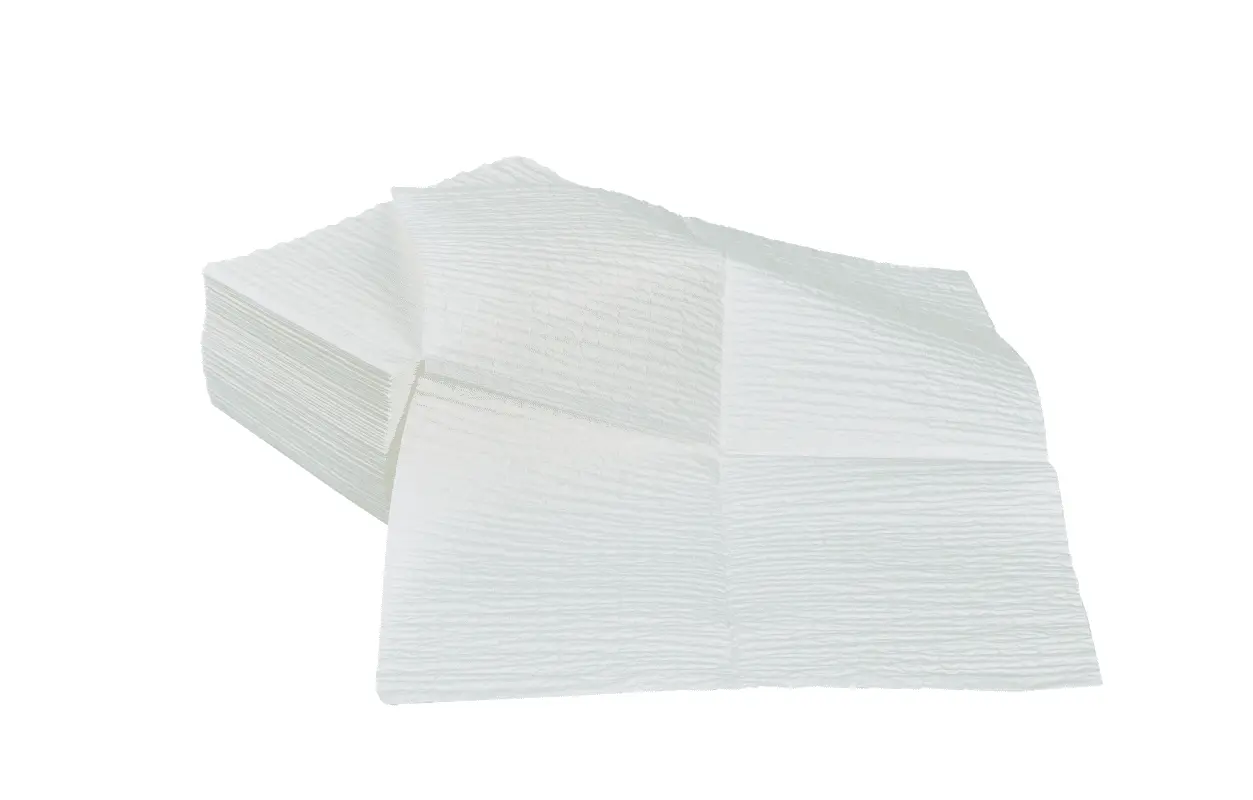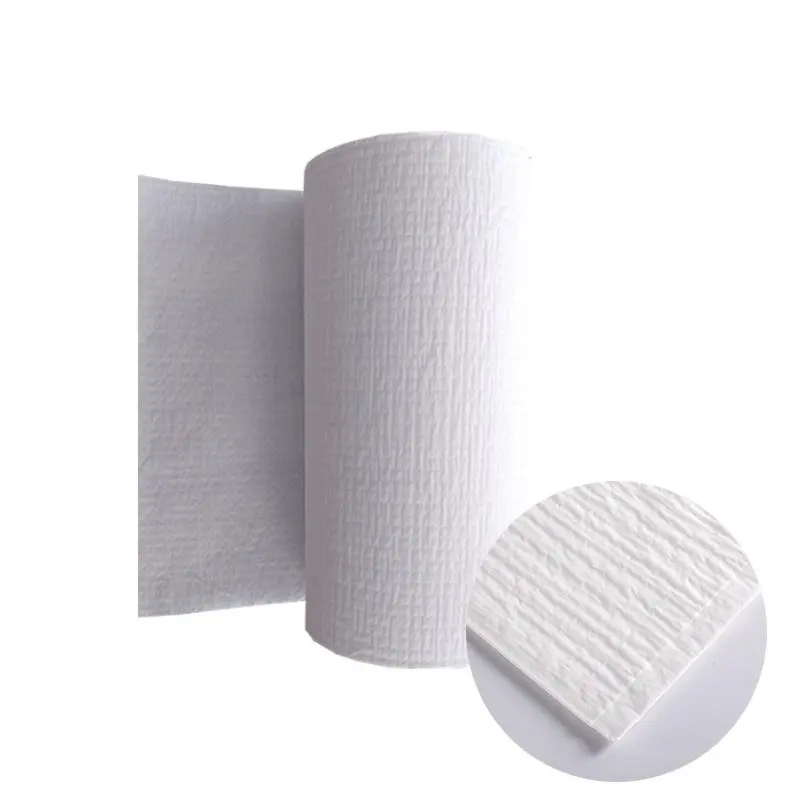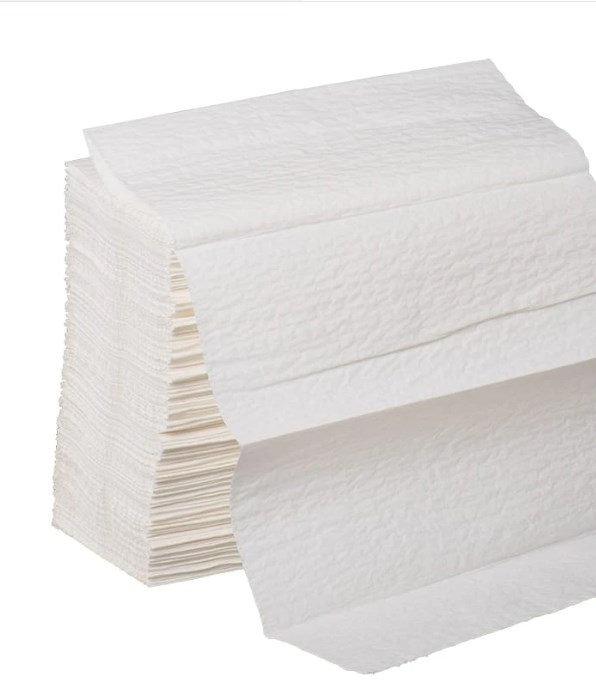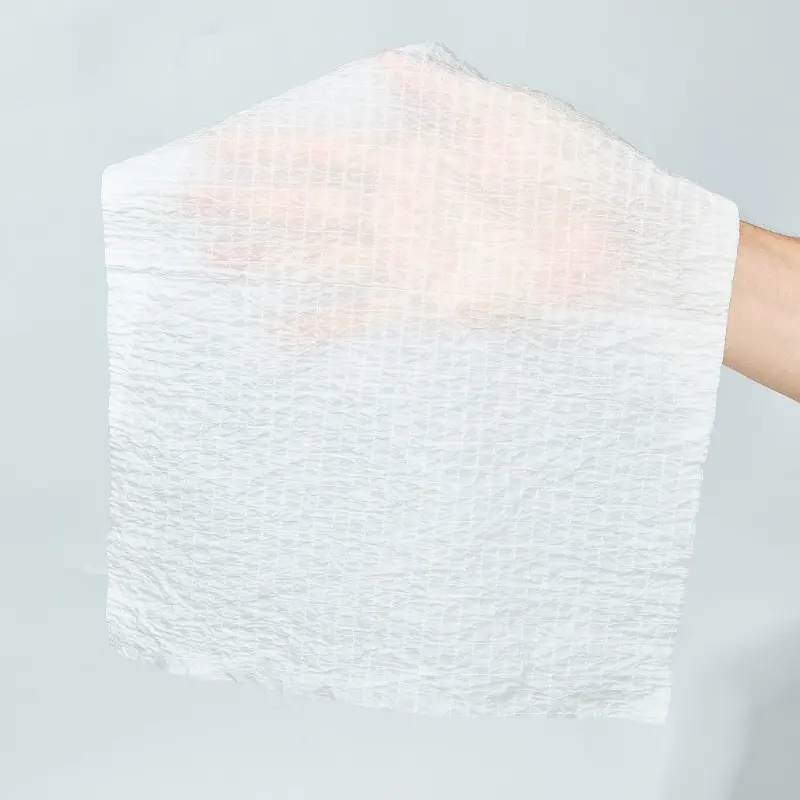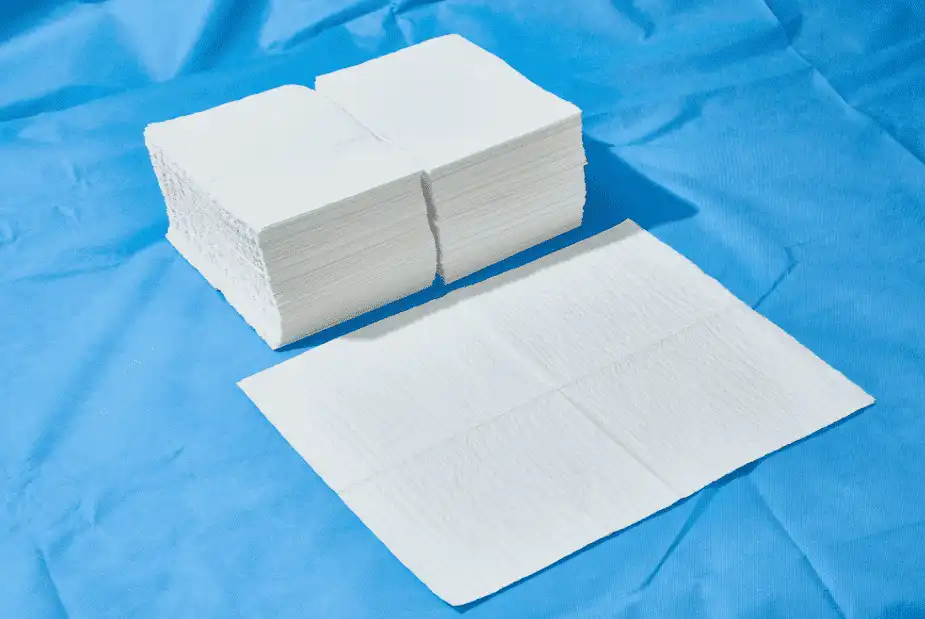Quartz Crucible for Semiconductor Manufacturing: ATCERA's Innovative Solution
Quartz, the gem of nature, is mainly composed of silicon dioxide (SiO2) and shows extraordinary application potential in many fields due to its excellent durability and versatility. Especially in the field of semiconductor manufacturing, where material properties are extremely demanding, quartz crucible, with its unique crystal structure and high temperature stability, has become an ideal choice to withstand extreme temperatures and resist thermal shock. This paper will take ATCERA quartz crucible as an example to discuss its innovative application in semiconductor manufacturing and the importance of thermal shock resistance.
The Importance of Thermal Shock Resistance in Quartz Crucibles
In the semiconductor manufacturing process, such as epitaxial growth, diffusion and chemical vapor deposition (CVD), the thermal shock resistance of quartz crucible is very high. These processes not only require precise temperature control to ensure the performance and quality of the semiconductor material, but also require the crucible to withstand the huge thermal stress caused by rapid rising and cooling to prevent cracks and damage.
ATCERA quartz crucible, with its excellent thermal shock resistance, is perfectly suited to the needs of semiconductor manufacturing. Through the use of high-quality quartz raw materials and advanced manufacturing processes, ATCERA ensures the stability and durability of the crucible at high temperatures and effectively resists the damage caused by thermal shock.
ATCERA Quartz Crucible: Innovative Benefits in Semiconductor Production
In the field of semiconductor manufacturing, ATCERA quartz crucible shows a unique innovation advantage. On the one hand, its high material purity ensures the purity of the semiconductor material and avoids the negative impact of impurities on the semiconductor performance. On the other hand, the precise size control and optimized crystal structure of the ATCERA quartz crucible improve the heat transfer efficiency and make the temperature control more accurate, helping to improve the performance and reliability of semiconductor devices.
In addition, ATCERA is working on the development of new quartz crucible materials to further improve thermal shock resistance and extend service life. Through continuous technological innovation, the application range of ATCERA quartz crucible in the semiconductor manufacturing field continues to expand, providing strong support for the sustainable development of the semiconductor industry.

Ensuring Material Purity and Improving Heat Transfer with ATCERA Quartz Crucibles
The thermal shock resistance of quartz crucible is very important in semiconductor manufacturing. With its excellent performance and unique innovation advantages, ATCERA quartz crucible has shown broad application prospects in the field of semiconductor manufacturing. In the future, with the continuous progress of semiconductor technology and the growing demand, ATCERA will continue to be committed to the development of higher performance quartz crucible products, contributing to the prosperity of the semiconductor industry.



